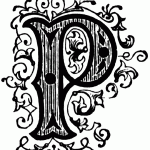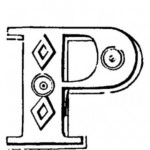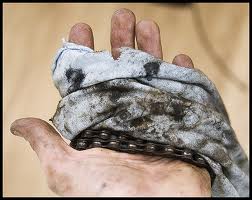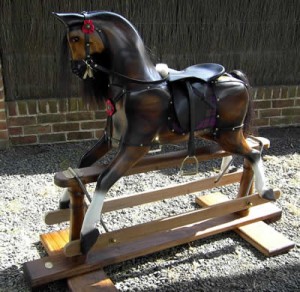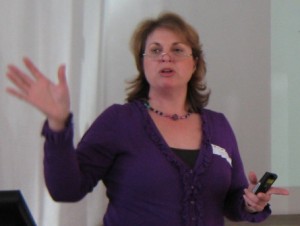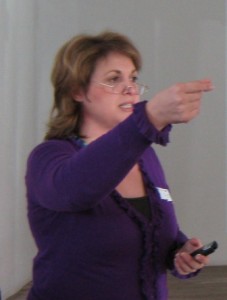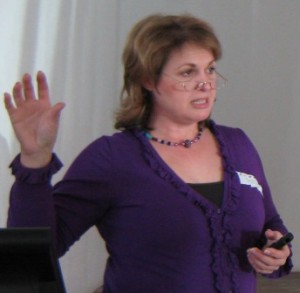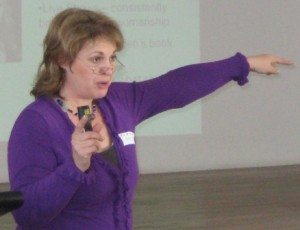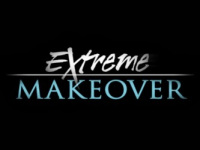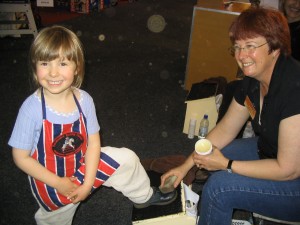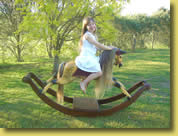 There are a number of reasons for considering specialisation: the world and life is becoming more complex; it is difficult to be all things to all people ; on balance, a specialist will make more money than a generalist on an per job or hourly basis; the perceived value of your services is heightened; keeping abreast of developments in an area of speciality is easier than over a broad general area; you will develop mastery and expertise you may not have otherwise and in time can charge a premium for your services which a customer will feel offers him more value for money than a similar service from a generalist.
There are a number of reasons for considering specialisation: the world and life is becoming more complex; it is difficult to be all things to all people ; on balance, a specialist will make more money than a generalist on an per job or hourly basis; the perceived value of your services is heightened; keeping abreast of developments in an area of speciality is easier than over a broad general area; you will develop mastery and expertise you may not have otherwise and in time can charge a premium for your services which a customer will feel offers him more value for money than a similar service from a generalist.
Be cautious of choosing a specialty that is too narrow. It would have been so much easier to simply be “the best value made to order timber heirloom rocking horse makers in Australia”, but it is not always possible to make a living doing just one thing as the work may be too seasonal. Rocking horse makers traditionally do sixty percent of their turnover in the last three months of the year and struggle for the other nine months. Restoration work helped smooth out seasonality, but classes effectively eliminated all seasonality issues for us.
In the early to mid “naughties”, our business could have become victim to the cyclical swings created by housing booms with their subsequent interest rate rises and ensuing petrol price rises. These major economic changes decimated discretionary incomes among new yuppie parents who were 50% of our customer base. Fortunately, we relocated to a property which opened the door to being able to offer classes. The classes attracted dominantly baby boomer grandparents whose discretionary income is minimally affected by these factors.
The fact is that the rocking horse market is very small. If we had taken the track of geographical specialisation in New South Wales alone, we would have starved. Happily our early foray into web marketing in 1998 effectively positioned us for national and international customers for all aspects of the business.
After you have examined the make up of your customers ask yourself, what work do I spend the most time doing? Is this work profitable and how profitable is it compared to other work? What work do I enjoy most doing?
We spent a large amount of time doing restoration work. It was the least profitable aspect of the business – but for a rocking horse specialist, if you make, they expect you to restore as well. A significant part of reputation and word or mouth came from restoration work. How could we remain the specialists in rocking horses if we could and would subcontract out the restoration work?
There were two possible solutions. One was to continue to offer a restoration service. We would still receive, evaluate, price and get paid for the restoration. With the customers knowledge we would subcontract out the work, pay the contractor, keep a spotters or handling fee and have the horse at our place to be collected by the customer– all while maintaining quality control.
The other solution was to restore only valuable old English rocking horses (5-10) per year and provide a restoration advisory service for Australian rocking horses. We could still provide restoration kits and accessories, but produce an instructional DVD which would include common repairs, preparation, painting and fit out instruction from go to whoa.
We chose the first option which allowed us to spend more time doing the more enjoyable and profitable aspects of: teaching rocking horse making; providing mail order kits, accessories, plans, books and DVD’s and made to order and commissions of rocking horses at a higher price point.


